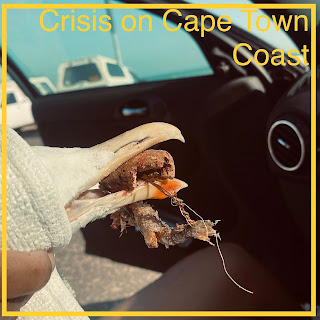Search This Blog
Here you’ll find examples of my content writing, design and creative blog.
Posts
Showing posts from February, 2024
Battling the Blaze: The Hidden Dangers of Vape Litter
- Get link
- X
- Other Apps
Design Thinking in Seabird Rehabilitation: From Comfort Mats to Adaptive Solutions
- Get link
- X
- Other Apps
Beachgoer's Unexpected Rescue Mission: Exposing the Shocking Truth Behind Fishing Pollution!
- Get link
- X
- Other Apps



